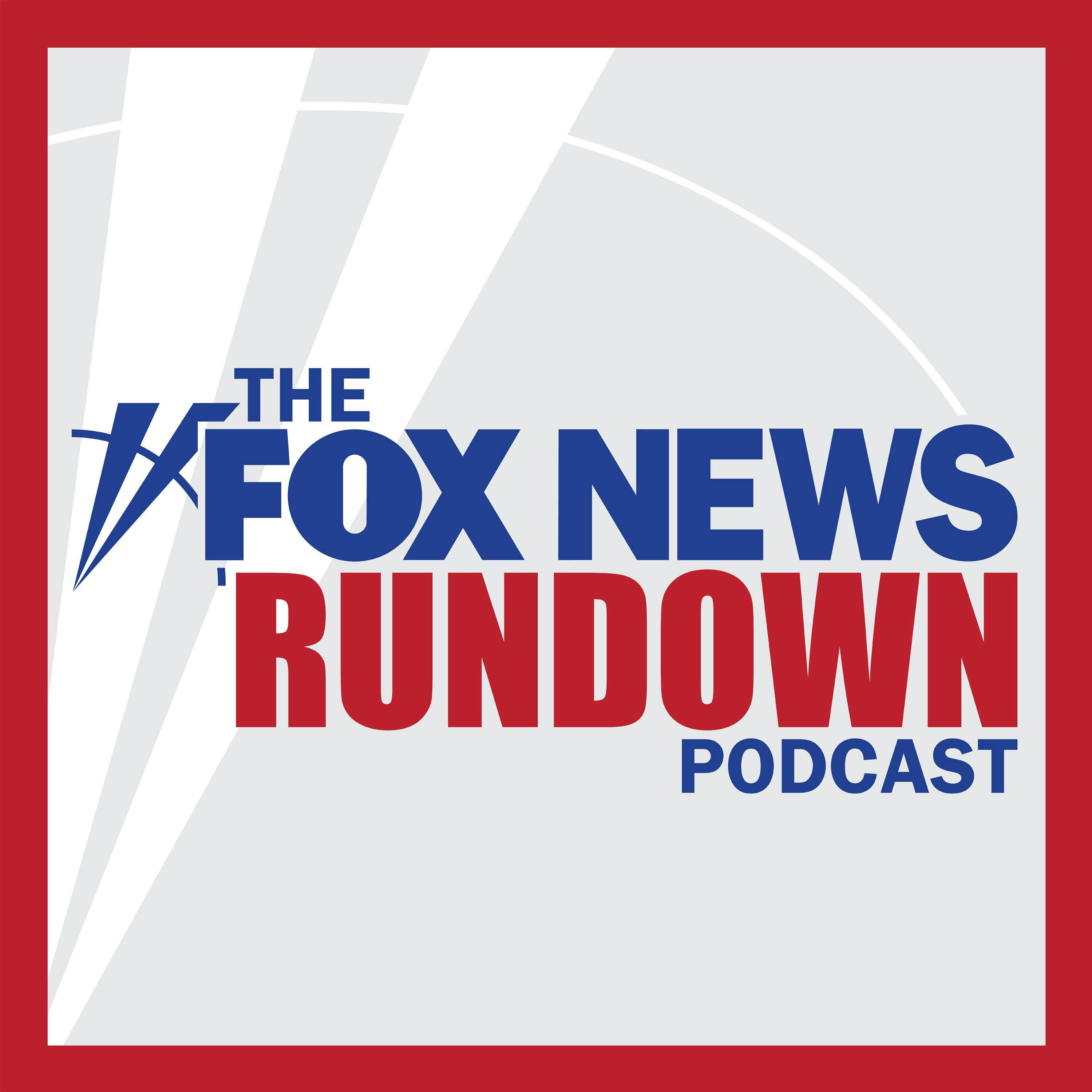
Key Insights
Why is there optimism about the economy under a second Trump term?
The re-election of President-elect Trump has led to optimism due to his platform of tax cuts, deregulation, and America First trade and tariff plans, which investors are responding to positively.
How does the current market reaction compare to the reaction after Trump's first election?
The current market reaction is similar to 2016, with small-cap, domestically focused stocks and banks performing well, but the economic setup is different due to the Federal Reserve's current rate-cutting stance.
What are the key differences between Trump's first and second term economic policies?
In his second term, Trump is less likely to focus on radical tax cuts and may shift immediately to a trade war stance, unlike his first term which started with tax cuts and later shifted to trade wars.
How might a trade-focused Trump administration impact investors?
Investors should anticipate volatility from potential tariffs but should also position for eventual resolutions, focusing on domestically focused companies that may be less affected by trade tensions.
How have companies adapted to potential trade policies under a second Trump term?
Companies have become more nimble, diversifying supply chains and moving manufacturing out of China to avoid tariffs, showing a quicker response compared to 2016.
Can we expect deflation in certain areas despite overall inflation?
Yes, certain goods like durable items and energy may see deflation while service prices remain elevated, leading to a mix of inflation and deflation in different sectors.
How might a pro-business Trump administration impact big tech?
A pro-business environment could lead to less antitrust enforcement, allowing big tech to invest more in innovation and productivity, potentially accelerating technological advancements over the next four years.
Chapters
- Market reacting to a relief rally due to resolved uncertainty.
- Investors are trading based on Trump's promised policies.
- Consumer sentiment is at its highest since 2021.
Shownotes Transcript
In an election where about 40 percent of voters said the economy was their top issue, the re-election of President-elect Trump has ushered in an air of optimism about the direction the economy could be heading.
So how should Americans be reading the financial landscape under Trump 2.0 in the short term and the long term?
The Big Money Show co-anchor Taylor Riggs gets insight from Annex Wealth Management Chief Economist Brian Jacobsen about how the Trump policy plan can inform investors, why Trump 47 will be unique from Trump 45, and expectations of a harsher trade relationship with China.
Photo Credit: AP
Learn more about your ad choices. Visit megaphone.fm/adchoices)

